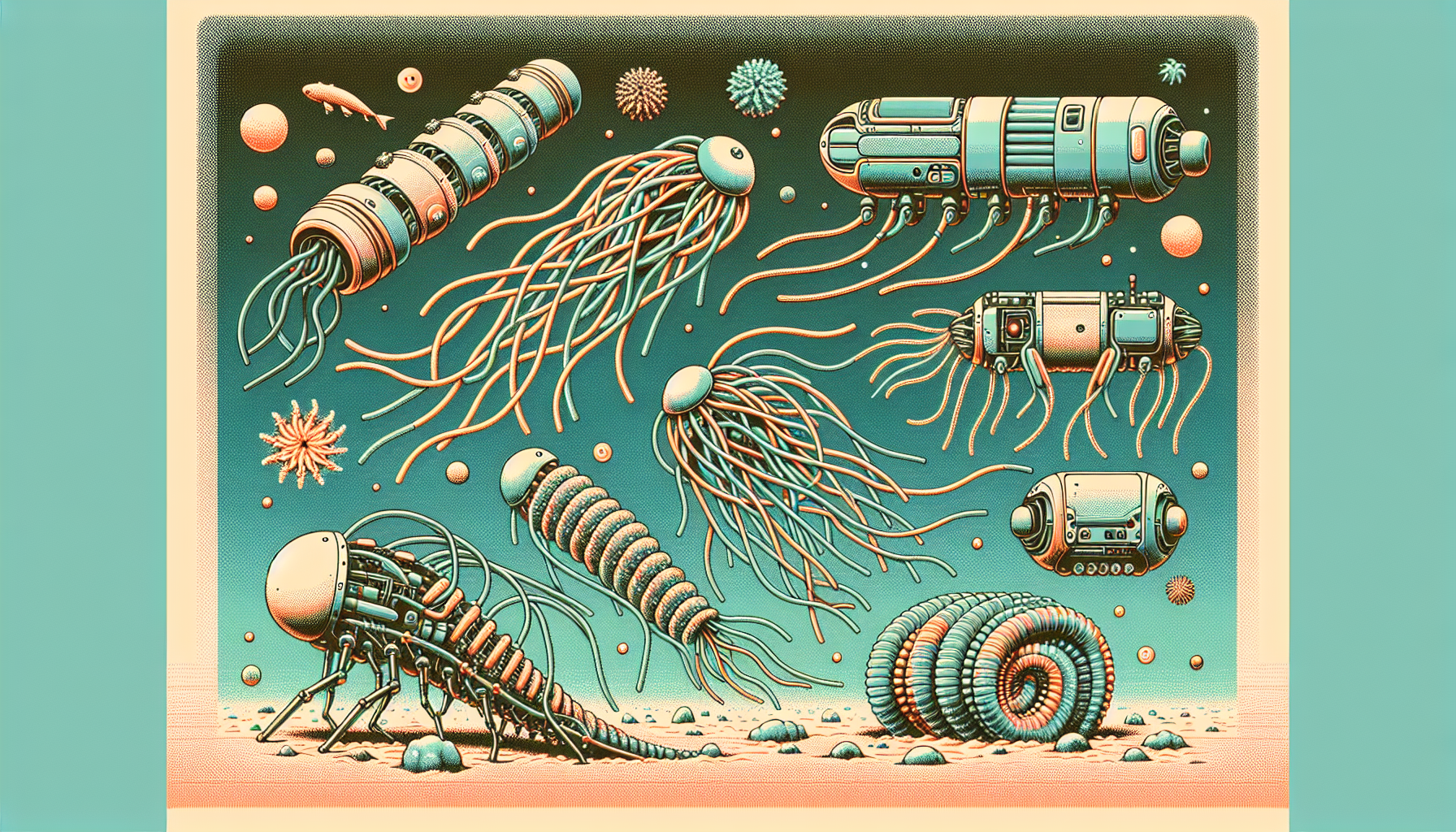In an exciting leap forward in the realm of soft robotics, a team at Cornell University has unveiled groundbreaking modular robots inspired by creatures like worms and jellyfish. These robots are powered by an innovative concept known as “embodied energy,” where power sources are intricately woven into the robot’s very structure. This design draws inspiration from the natural evolution of life, which transitioned from aquatic swimmers to terrestrial walkers.
### Background and Inspiration
The journey to this innovation can be traced back to a remarkable development in 2019, when an aqueous soft robot, inspired by the elegant lionfish, made its debut. This early model was capable of storing energy and seamlessly powering its movement with a unique fluid circulation system, often referred to as “robot blood.” It laid the groundwork for today’s fascinating creations.
### Embodied Energy Approach
This “embodied energy” approach is truly transformative. By embedding power sources directly within the robot’s body, it significantly reduces both the weight and cost. A key feature of this method is the use of a special hydraulic fluid. This fluid performs a dual role: it not only energizes the system but also provides the force required for movement. Consider the case of the worm robot: the fluid powers Redox Flow Batteries (RFB), utilizing electrolytic zinc iodide and zinc bromide fluids. The energy released comes from chemical reactions involving reduction and oxidation.
### Modular Worm Robot
The worm robot captures attention with its intricate design made up of multiple pods. Each pod is equipped with its own motor, a tendon actuator, and layered anolyte pouches immersed in a catholyte solution. Thanks to this sophisticated setup, the robot can deftly compress and stretch, allowing it to crawl smoothly along the ground or even scale vertical pipes with a method called two-anchor crawling. Although it takes its time—covering 105 meters in 35 hours on a single charge—it’s notably faster than its hydraulic counterparts. Its primary mission: to explore tight, narrow passages like pipes and possibly assist in their maintenance.
### Jellyfish Robot
The jellyfish robot, meanwhile, is engineered for the mysteries of the water. It employs a similar RFB system, which interacts with a tendon to change the shape of its bell, helping it propel upward through water. As it slackens, the jellyfish sinks once more. This design allows the robot to operate for up to 90 minutes on a single charge, making it ideal for ocean exploration. It can drift with currents, ascend to exchange data, and then gently float back down.
### Advantages and Future Applications
The adoption of embodied energy brings numerous benefits: it reduces weight and increases battery density, enabling these robots to operate longer before needing a recharge. This pioneering design hints at an exciting future filled with specialized research robots. One can even imagine machines that might one day incorporate skeletal structures, allowing them to walk with agility.
### Funding and Collaboration
This innovative work was made possible thanks to support from the Office of Naval Research and the Department of Energy Basic Energy Sciences Program. It also marks a collaboration between the Organic Robotics Lab and the Archer Group at Cornell Engineering.
This leap in soft robotics technology is a testament to the potential of bioinspired designs. By mimicking nature, these designs enhance the efficiency and capabilities of robotic systems, opening doors to advanced applications across a multitude of fields. The promise of such technology is vast and holds the potential to transform future innovations in robotics.

Leave a Reply